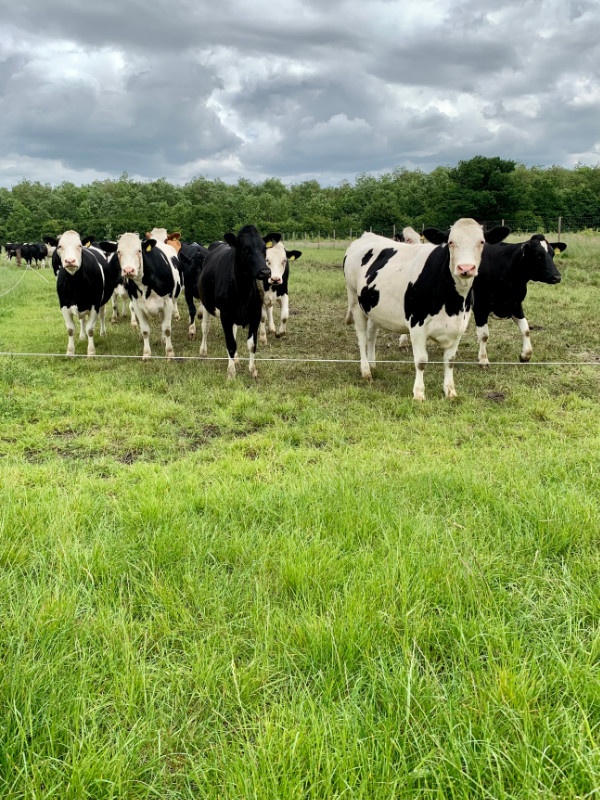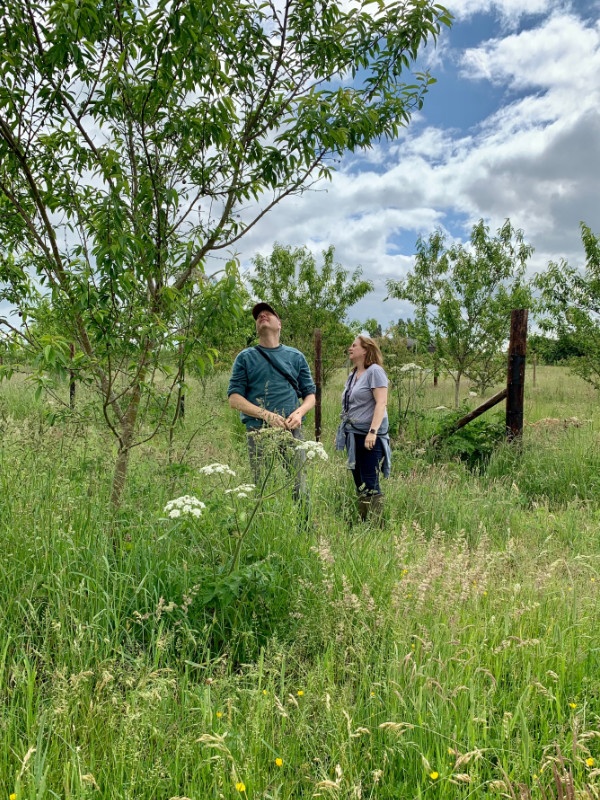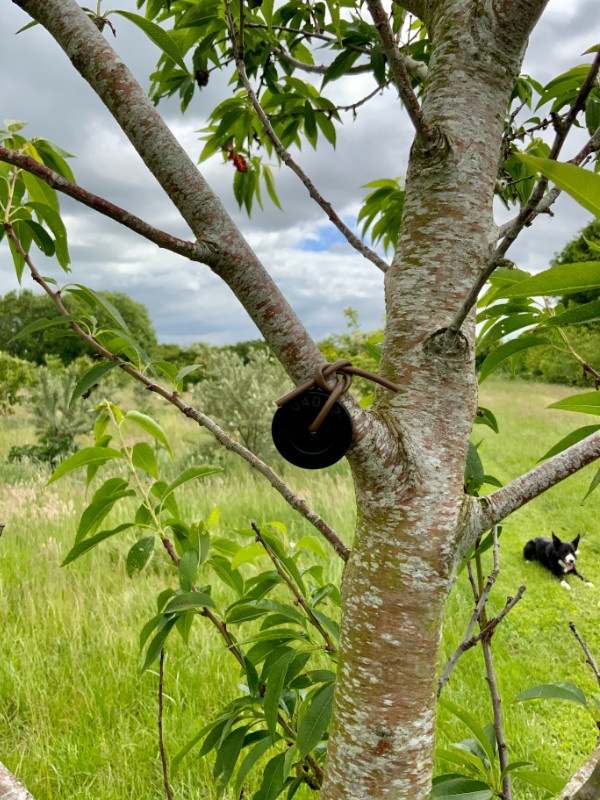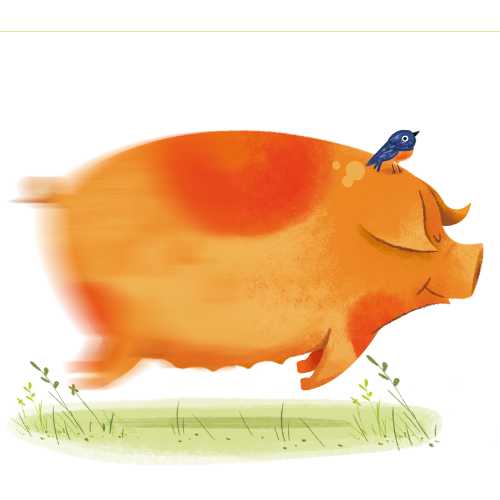Agroforestry
“Cherries, damsons, quince, dessert pears, apricots, almonds, raspberries, mixed berries and more.”
Helen Browning
Helen’s passion project
In 2016 Helen planted thousands of trees at Lower Farm as an experiment in permaculture – specifically for gauging the effects of integrating productive trees into farmland, with a view to improving overall productivity while enhancing wildlife and protecting soils.
The farm and wider environment is now enjoying the benefits from this resulting Agroforestry – combined trees, plants, crops and grazing animals on the same land.
For the future
The long term motivation for planting trees is to increase climate change resilience. As our weather becomes increasingly unpredictable, with higher temperatures and more extreme rain and wind, we need to protect ourselves. Trees are great for this. They build soil health and organic matter, and increase infiltration of water through the soil. At Lower Farm the soil is mostly heavy clay and we’re hoping that our increased tree cover will help to dry out the soil a little, which will increase grass production and potentially even allow the cows to be out for longer even when we have cold or wet conditions.
The benefit of trees
Helen has always been a passionate advocate for animal welfare, and trees are a fabulous tool for keeping our stock happy and healthy. They keep the hot sun off them in summer and shelter them from wind and rain all year round. Some of the plantings will also provide food for the stock – trees typically have higher micronutrient levels than grass forage, and are stocked with tannins which can reduce their internal parasite burden.
Diverse systems are more productive, Darwin predicted this 150 years ago. Agroforestry systems are typically at least 3% more productive than ones that grow crops, animals or trees on their own, We still need to be profitable business though so choosing the right trees for our farm is crucial.
We’re experimenting with a whole range of species – some for timber, others for the animals, and quite a lot for human consumption. Lower Farm has now become a haven for wildlife among the flourishing trees and shrubs, as well as a place for experimenting with climate-beating fruit crops (apples that ripen late in to Autumn, for better seeing qualities) as well as crops – such as the almond (below) – that you might not expect to find in southern England.




